JUNE GARDEN TIPS
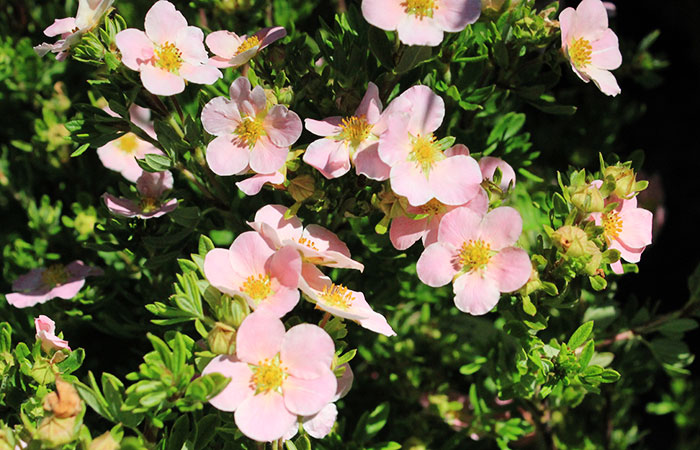
General Gardening
Seattle normally experiences drought during the summer. Do not assume that rains will be adequate to water your containers, new plantings, or vegetable gardens. Mulch to conserve soil moisture; use drip irrigation, soaker hoses, and tree/shrub watering bags (on newly-planted or vulnerable plants) to use minimal water to maximal effect. Also, keep weeds pulled—weeds suck up water your plants need.
Take a stroll through your garden every few days to look for insects, weeds, and signs of disease. Almost every problem is easier to control if you catch it early!
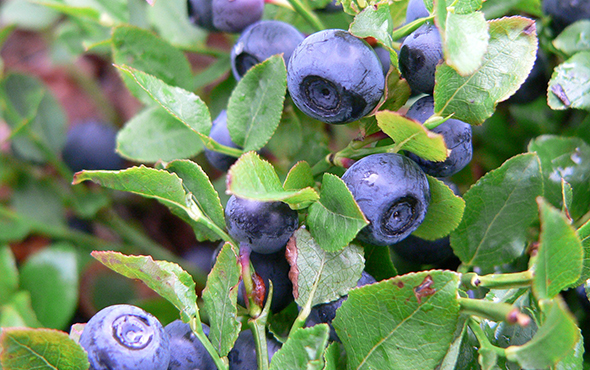
Fruit & Berries
Monitor fruit trees and berries for insect and disease problems; consult a Sky Nursery associate for recommendations if you spot an issue.
Apples and Pears: If you haven’t already, thin apples and pears to improve cropping consistency. Use apple maggot barriers and/or Surround clay once you’ve thinned your fruit. Surround will need to be re-applied depending on rainfall.
Remember that most fruit trees and berries need regular water to bear and ripen their fruit properly. Drought can cause fruit drop or malformation. Consider installing watering bags for trees, soaker hoses or drip systems for blueberries and other berry bushes.
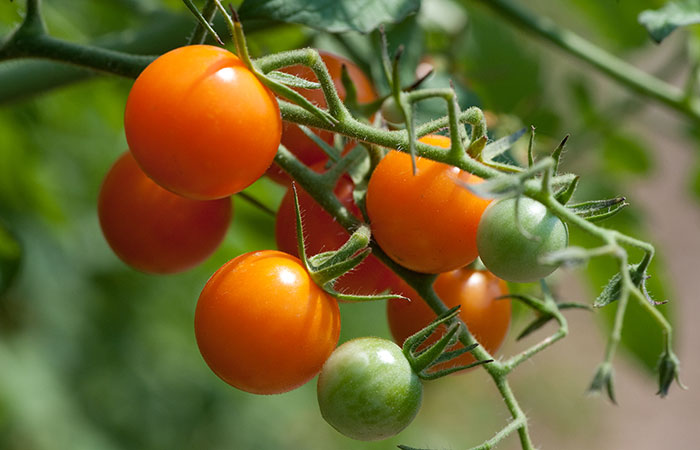
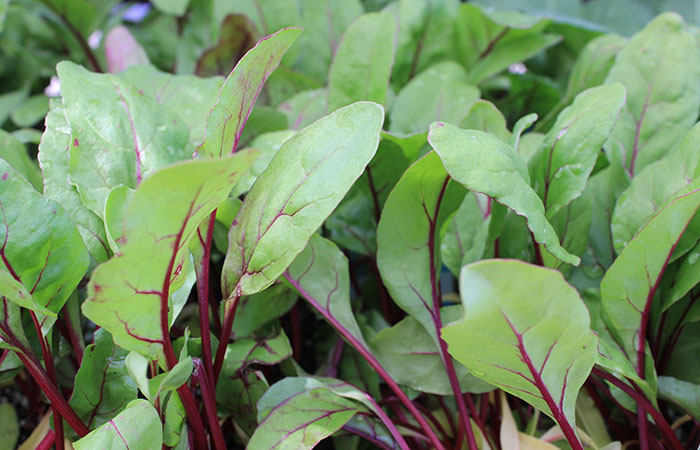
Veggies & Herbs
There's still time to plant basil, tomatoes, peppers, zucchini, and other hot-weather herbs and vegetables! Due to warm weather and long days, starts planted in early-mid June can often catch up to or even produce earlier than those planted in May.
Tomatoes, peppers, eggplants, and tomatillos need to be transplanted, but many other hot-season veggies can be either transplanted or direct-sown from seed. Sow seeds for succession crops of beans, beets, and carrots.
Water every 3-4 days if it does not rain. Water slowly and deeply for best results. Soaker hoses can help with this.
Prepare for your little plants to grow! Put up tomato cages, bean poles, and cucumber or squash trellis netting before your plants grow into each other.
Regularly harvest leaves of lettuce, spinach, chard, arugula, and other greens to keep the plants producing new fresh leaves that will be sweet and tender. If a vegetable plant (lettuce, beet, radish, etc.) starts sending up a tall central stalk it is “bolting”—trying to flower and set seed. Drought and other stressors can cause this. A bolting vegetable usually becomes tough and bitter; it is usually better to pull and compost it and plant a successor in its place.
Sow buckwheat (summer cover crop) in beds that won’t be used until fall.
Late June: time to start planting your fall and winter vegetables! Sow seeds for: beets, Brussels sprouts, cabbage, carrots, cauliflower, endive, escarole, Florence fennel, pearl onions, radicchio, rutabagas, scallions, swiss chard, & turnips.
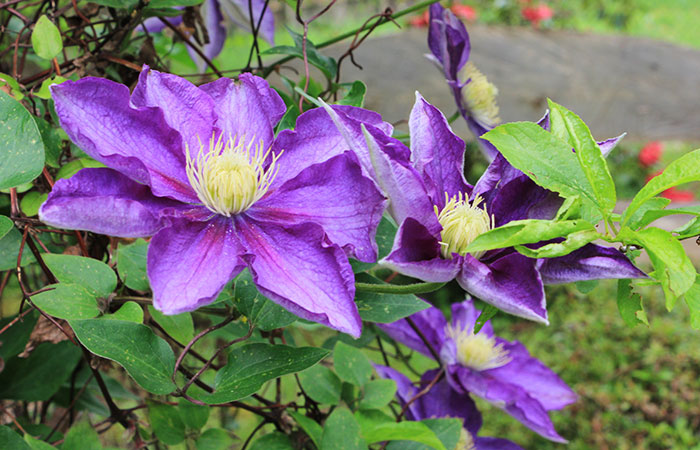
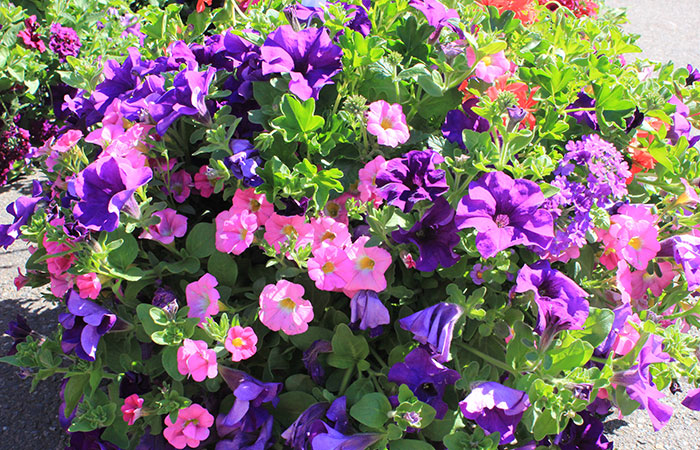
Ornamental Gardening
This time of year watch for aphids on tender new growth and use ladybugs to control them. Apply nematodes to control flea larvae, root weevils, and soil-dwelling insect pests.
Fertilize bedding plants, perennials, and annuals, regularly to encourage continued bloom. Protect new transplants from heat with a shade cloth. Water deeply and you won’t have to water as often.
Summer and fall-blooming perennials can be planted now to extend your bloom season and provide something to look forward to. Mulch for weed control and water retention.
Try going native! Native plants, being adapted to our soil and climate, are naturally easy-care. And they appeal as much to wildlife as to humans, attracting birds and pollinators to your garden. May and June see Sky’s best selection of native perennials such as shooting star and false lily-of-the-valley.
June is also your last great chance to get major plantings established before summer’s heat and drought can stress transplants. Sky has an excellent selection of all the plants you’ll need, from specimen trees and shrubs to perennials, groundcovers, and ferns. Don’t forget annuals in full bloom for instant color!
Containers & Hanging Baskets
Fertilize heavy blooming annuals in containers or baskets every two weeks with a water-soluble plant food.
Water regularly! Remember that a container can dry out in less than a day in hot or windy weather.
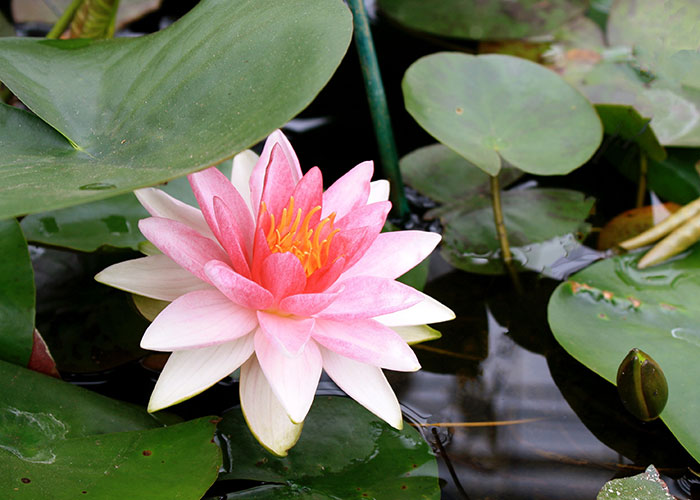
Water Gardening
Sky has a great selection of water plants, including floaters, lilies, oxygenators, and hardy marginals.
Feed your plants and your fish! Plants and fish both need nutrition if they’re going to put on their best show for you. Sky has koi food and aquatic plant food in stock.
Don’t breed mosquitoes! If you have any still or standing water, Sky carries organic Bt-based mosquito dunks and mosquito bits that are completely safe for birds, fish, and mammals. The bits are perfect for birdbaths or small water features, the dunks for larger ones.

Lawn Care
Your lawn needs 1 to 2 inches of water per week to keep from going dormant in the summer.
If you do let your grass go dormant, leave your lawn alone as much as possible until fall rains green it up again. If your lawn is used heavily while it is dormant, you may need to reseed/renovate it in the fall.
Reduce your water needs by setting your mowing height higher and using a mulching mower. Improving your soil with extra compost can also promote deeper root growth and increased drought resistance. Healthy turf will weather drought stress better, so make sure your grass starts the summer in good shape by following a good fertilizing and liming schedule—if you didn’t feed your lawn organic fertilizer Memorial Day weekend, do so now. Do not fertilize with a fast-release (chemical) fertilizer if drought is anticipated!
If weeds are a problem, try pulling or spot-treating rather than using a weed & feed product. Remember that a well-fed lawn can outgrow most weed problems.
